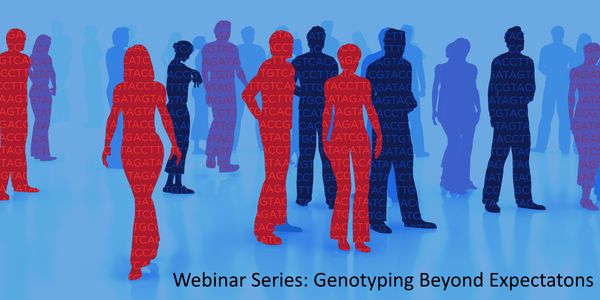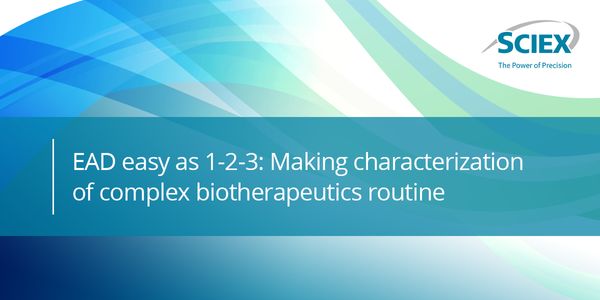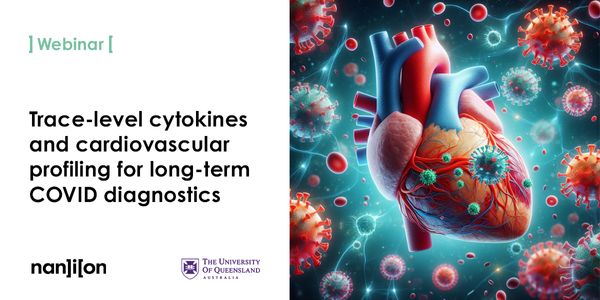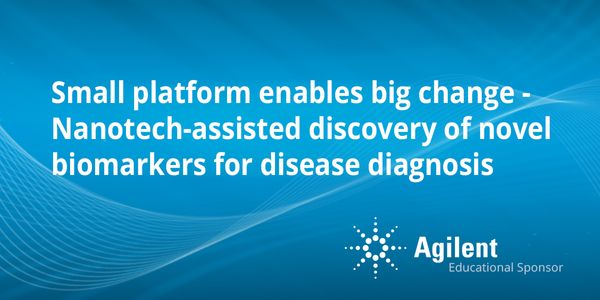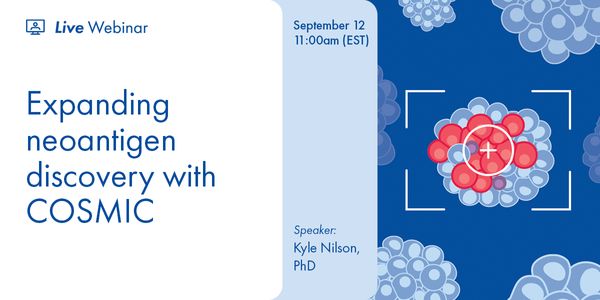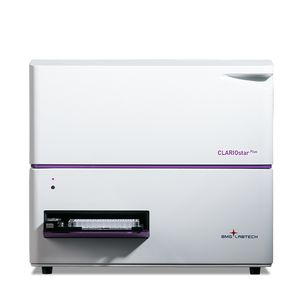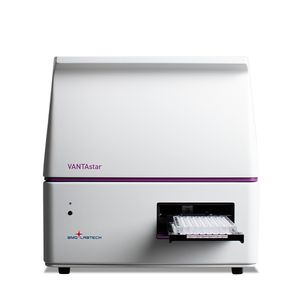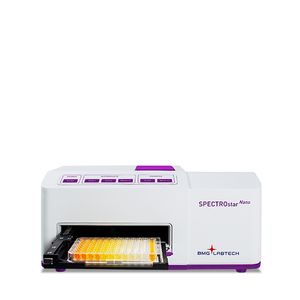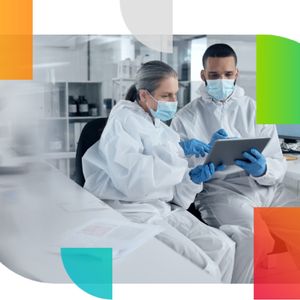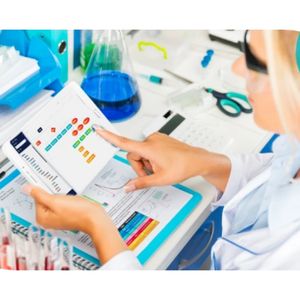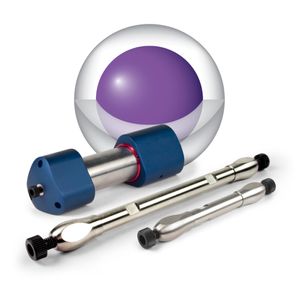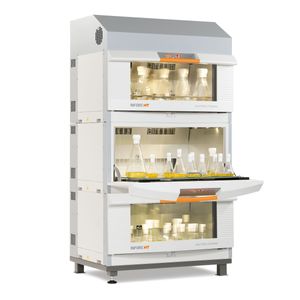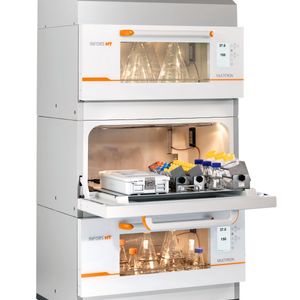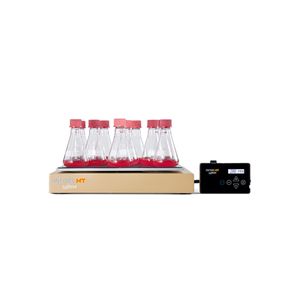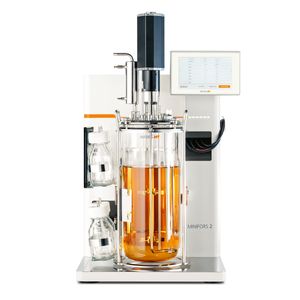WEBINARS
Our webinars allow users to learn from experts and earn continuing education credits on industry topics, progress in research, services available, and more.
Show More
-
NOV 07, 2018 | 8:00 PMDATE: November 7, 2018TIME: 8:00PM PSTExosomes have been shown to have significant roles in cancer including disease progression acting in the tumor micro-environment, metasta...
-
NOV 14, 2018 | 8:00 AMDATE: November 14, 2018TIME: 08:00am PST, 11:00am EST International Genetics & Translational Research in Transplantation Network (iGeneTRAIN) has recently generated genome...
-
AUG 21, 2013 | 6:00 AMGenetic testing is becoming a widespread practice and with human genome fully sequenced we want to develop best methods to do it. Single gene or single mutation screening is pretty much becom...
-
AUG 24, 2021 | 11:00 AMDate: August 24, 2021 Time: 11:00am (PDT), 1:00pm (EDT) Electron-based dissociation mechanisms have shown great promise for advanced characterization of biomolecules. However, routine adopti...
-
OCT 17, 2013 | 7:00 AMWhenever there is cell death, apoptotic cell free DNA fragments appear in the circulation of the host. These fragments, typically 145-160 base pairs in size, represent a minute fraction of to...
-
The program "The Universal Definition of MI & Troponin, Clearing the confusion" is intended to review the recently released Third Universal Definition of Myocardial Infarction and aims to fam...
In the case of Breast Cancer, the patient's cancer is usually detected by a mammogram or palpitation of an experienced Physician. However, these first indications that something is wrong must...
OCT 16, 2013 | 6:00 AM
The knowledge of molecular alterations involved in colon carcinoma (CRC) and non-small-cell lung carcinoma (NSCLC) has significantly increased in the past few years. Molecular subgroups of t...
Historically, rodent disease models have mainly used a single sex or did not stratify outcomes by sex when both sexes were studied. These experimental approaches were based on the assumption...
OCT 16, 2013 | 3:00 PM
C.E. CREDITS
While Melanoma is very curable and treatable when detected early, late stage melanoma has had a very poor outcome. In 2013, it is estimated that over 80,000 patients in the US will develop me...
Analgesics are commonly employed drugs for perioperative procedures and are required for painful procedures. They include not only non-steroidal anti-inflammatory drugs (NSAIDs) but also opio...

